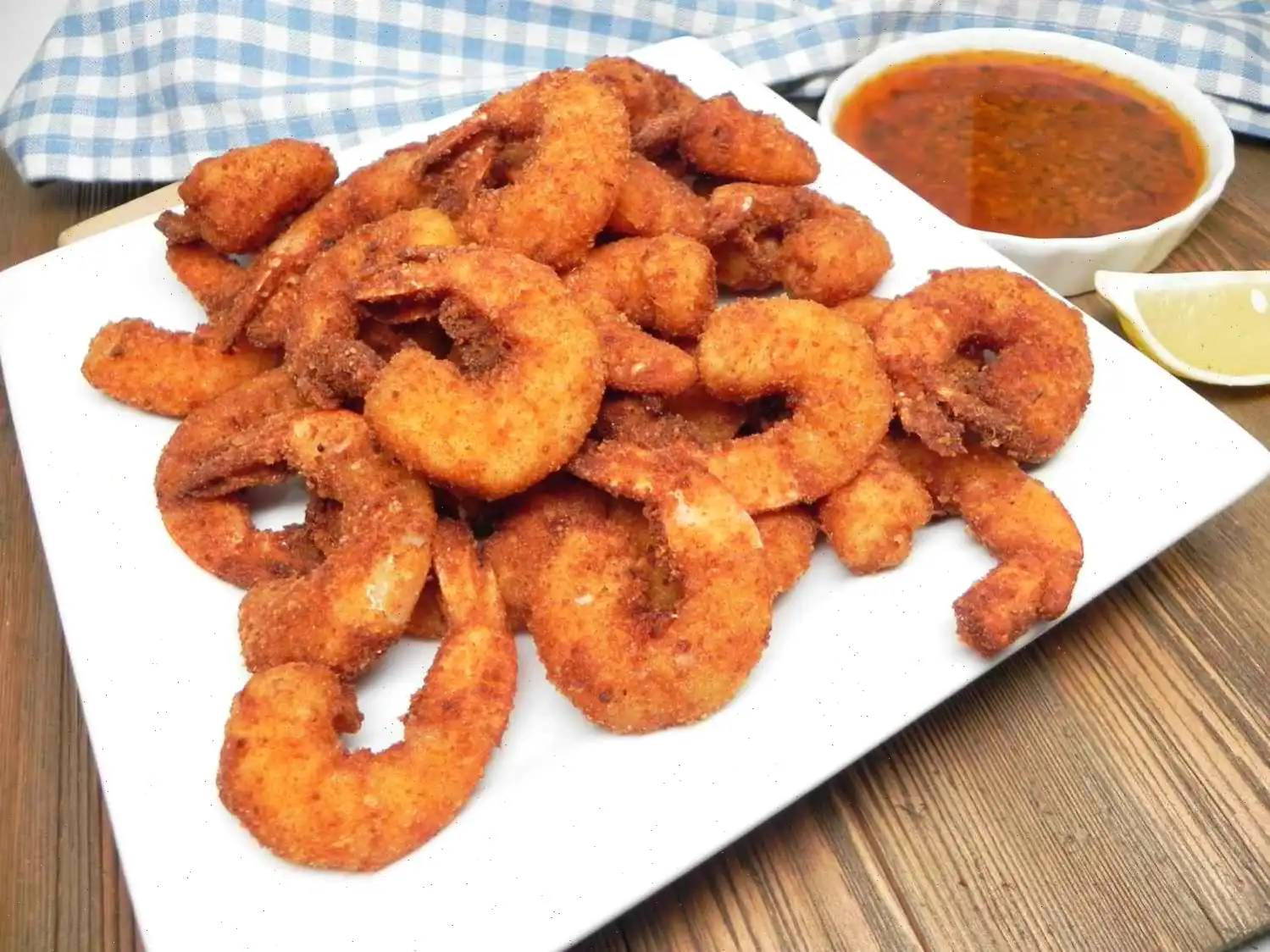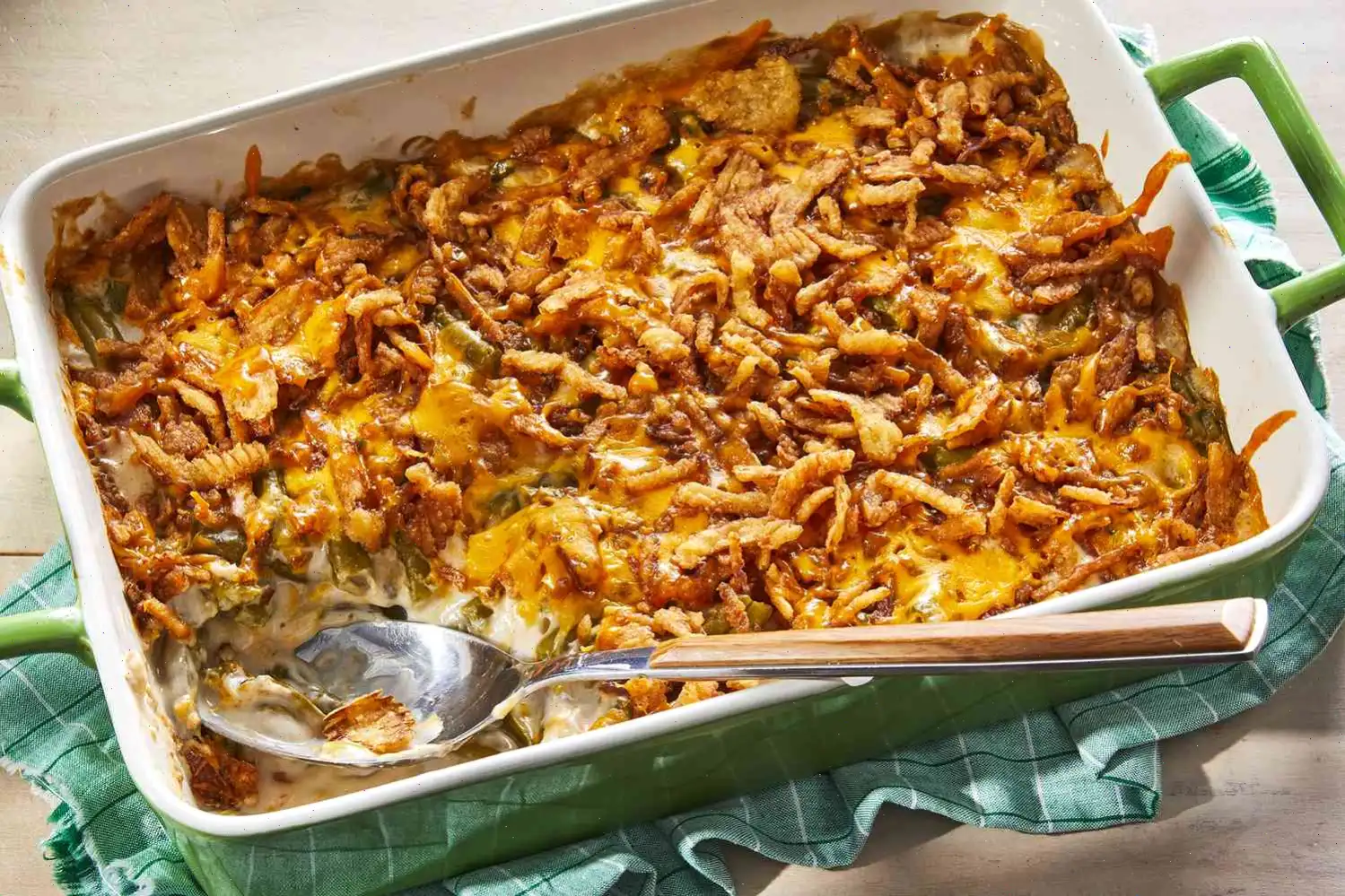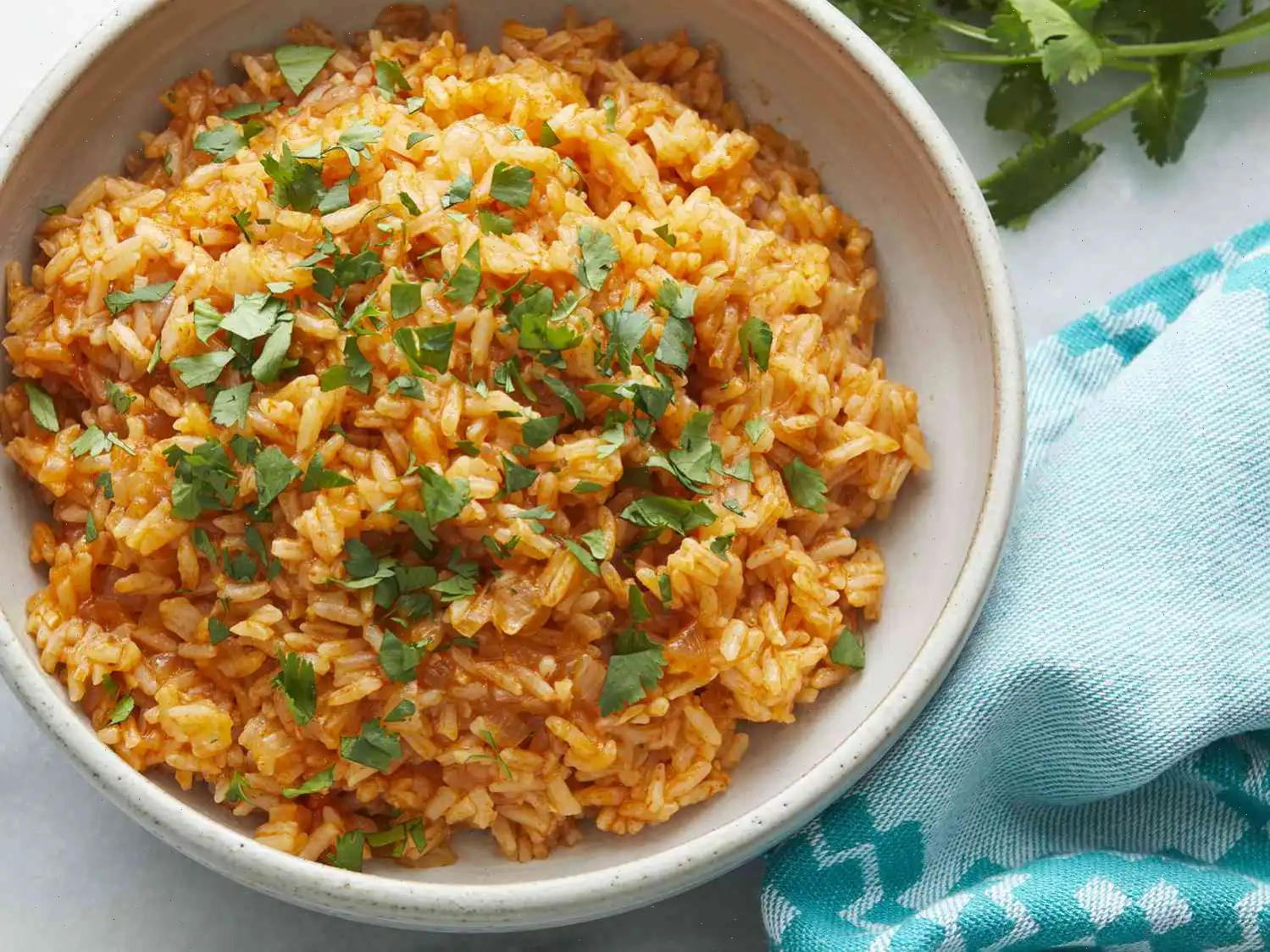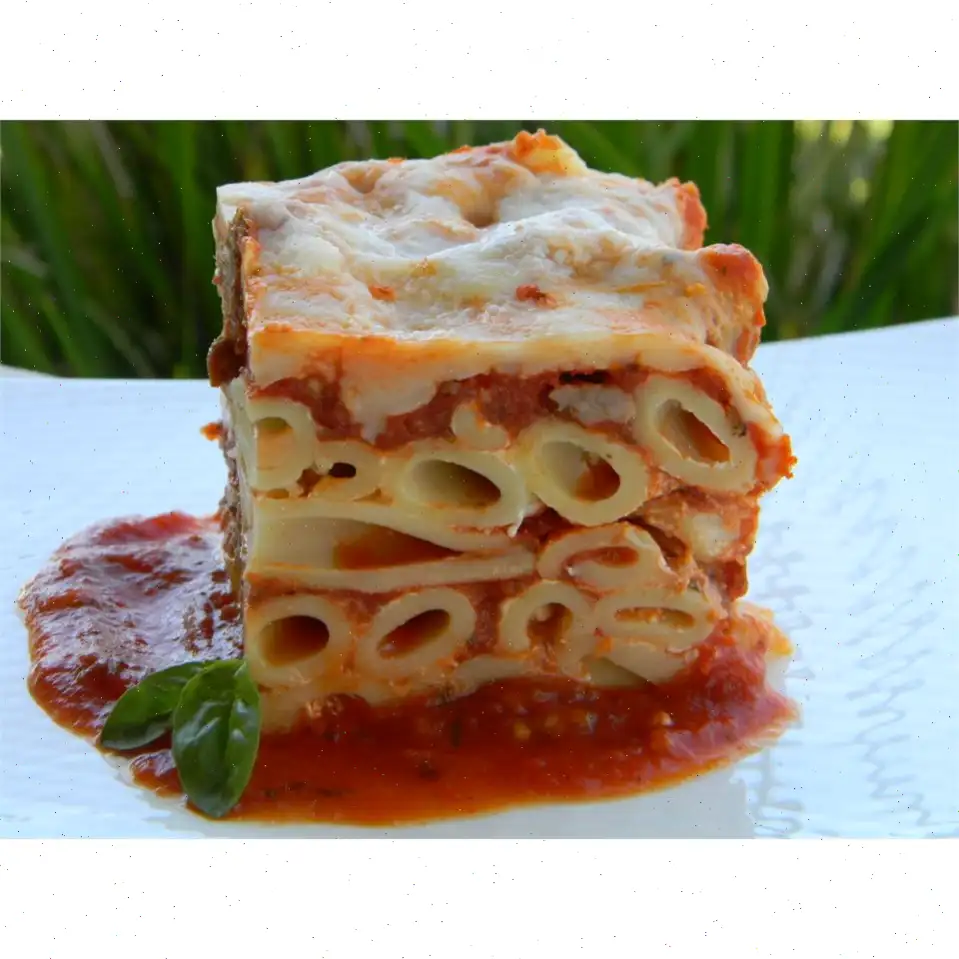
Hickory-Smoked Chicken Wings Recipe
Ingredients
- 4 pounds frozen chicken wings
- 1 tablespoon paprika
- 1 teaspoon chili powder
- 1 teaspoon onion powder
- teaspoon cayenne pepper
- 1 teaspoon salt
- 1 teaspoon ground black pepper
- Hickory wood chips, soaked
- 1 (18 ounce) bottle barbecue sauce, or as needed
Directions
- Preheat the oven to 350F (175C). Line a rimmed baking sheet with parchment paper and arrange frozen chicken wings on top.
- Bake the wings in the preheated oven for 1 hour.
- While the wings bake, combine paprika, chili powder, onion powder, cayenne pepper, salt, and black pepper in a small bowl.
- Once the wings are done baking, coat them evenly with the spice mixture.
- Place the wings, unstacked, onto wire racks. Transfer the racks to a smoker, and add soaked hickory wood chips according to the manufacturer's instructions.
- Smoke the wings for about 1 hour, or until the wings are no longer pink at the bone and the juices run clear. An instant-read thermometer should register 165F (74C) when inserted near the bone.
- Transfer the smoked wings to a large bowl and toss with barbecue sauce until evenly coated.
Nutrition Facts (per serving)
- Calories: 321
- Total Fat: 13g (17% Daily Value)
- Saturated Fat: 4g (18% Daily Value)
- Cholesterol: 53mg (18% Daily Value)
- Sodium: 1044mg (45% Daily Value)
- Total Carbohydrate: 32g (12% Daily Value)
- Dietary Fiber: 1g (4% Daily Value)
- Total Sugars: 22g
- Protein: 18g (35% Daily Value)
- Vitamin C: 2mg (2% Daily Value)
- Calcium: 24mg (2% Daily Value)
- Iron: 1mg (8% Daily Value)
- Potassium: 321mg (7% Daily Value)
* Percent Daily Values are based on a 2,000 calorie diet. Your daily values may be higher or lower depending on your calorie needs.
** Nutrient information is not available for all ingredients. Amount is based on available nutrient data.
If you are following a medically restrictive diet, please consult your doctor or registered dietitian before preparing this recipe for personal consumption.

Hickory-smoked chicken wings are a delicious and flavorful dish that brings together the smokiness of hickory wood with the tenderness of chicken wings. These wings are often a crowd favorite at barbecues, cookouts, and even at restaurants, offering a unique balance of spice and smoky flavor. This recipe allows you to achieve perfectly smoked wings in just a few hours, making it an accessible option for anyone looking to recreate that traditional barbecue experience at home.
Origin and History
The tradition of smoking meat dates back thousands of years, with early civilizations using smoke to preserve food. While smoking techniques have evolved over time, the use of specific types of woodlike hickoryremains a key feature in creating rich, deep flavors in barbecue. Hickory has long been favored in the Southern United States, where barbecue culture thrives. The flavor imparted by hickory wood is bold, with hints of nuttiness, making it perfect for smoking poultry like chicken wings.
Regional Features
Hickory-smoked chicken wings are particularly popular in the Southern United States, where smoking and grilling are a major part of the culinary culture. The technique of using wood chips like hickory for smoking is most commonly associated with Southern barbecue, but it has spread to other regions as well. In some parts of the U.S., you might find variations on the spice rub or the sauce used for the wings, but the base method of smoking with hickory remains constant.
Difference from Similar Dishes
What sets hickory-smoked chicken wings apart from other chicken wing recipes is the smoking process itself. Many wing recipes call for deep frying or baking, which does not impart the rich smoky flavor that smoking with hickory wood does. In comparison to traditional buffalo wings, which are often fried and coated in a tangy, buttery sauce, hickory-smoked wings are a more savory, earthy alternative with a tender, juicy interior and a crispy, charred exterior.
Where Are They Typically Served?
Hickory-smoked chicken wings are commonly served at barbecues, cookouts, and sports events, particularly in the Southern U.S. They're also a staple in many smokehouses and barbecue joints across the country. While they can be found at casual dining restaurants or sports bars, these wings are best enjoyed in a laid-back setting, where the smoky flavors can truly be appreciated alongside cold drinks and good company.
Fun Facts
- The process of smoking meat has been used since ancient times as a way to preserve food before refrigeration was common.
- Hickory wood is known for its strong and distinct flavor, which can range from mild to intense depending on how the wood is used in the smoker.
- Smoking food is not just about flavor; it also helps in keeping the meat tender and juicy by breaking down the connective tissues in the meat.
- Barbecue enthusiasts often debate the best type of wood to use for smokinghickory, mesquite, applewood, and cherry are all popular choices, each offering a different flavor profile.
Whether you're an experienced pitmaster or a beginner looking to experiment with smoking techniques, these hickory-smoked chicken wings are sure to impress. With their bold flavors and tender texture, they are a must-try for anyone looking to dive into the world of smoked foods.
FAQ about Hickory-Smoked Chicken Wings Recipe
Comments
Linda Williams
05/04/2024 09:21:20 PM
I appreciate the concept of making smoked wings quickly by baking them at 350 degrees for an hour, but this method removes most of the rendered fat from the skin, which is crucial for a good smoking process. Without the fat, the meat ends up tough and lacks the desired smoke flavor. I tried half of the wings following the recipe and the other half my own way - thawed and directly onto the smoker - and the ones following the recipe were disappointingly tough with minimal smoke flavor. Thawing the wings ahead of time or using fresh ones, and then smoking them at 250 degrees, can still get you delicious wings in just 2 hours. Additionally, I found that the wings required more salt than the recipe suggested.








